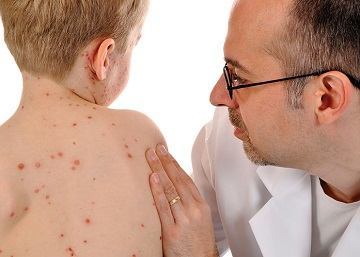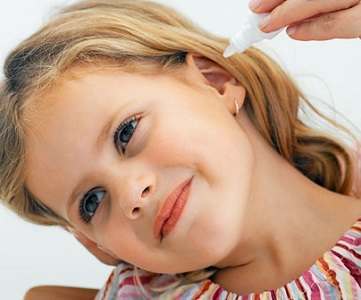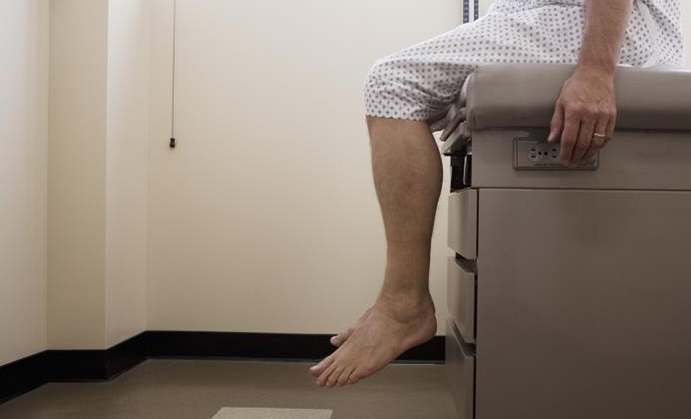As harsh as it may sound, children can also fall victim to yeast infection. What is worse about this fact is that children would not be able to properly distinguish or complain about this condition as they would most likely have no idea of the said infection. Therefore, it is the job of the parents to determine whether or not their child needs medical help before the infection spreads further. We have outlined a few symptoms that you can check to see if a child has yeast infection or not.
Symptoms to look out for
 Genital and Rectal Rashes – One of the most common symptoms of yeast infection are rashes on the genital and rectal area. It is common for infants to have a rash which is why some parents might disregard these rashes as normal but just to make absolutely sure we highly recommend that you bring the child to a pediatrician.
Genital and Rectal Rashes – One of the most common symptoms of yeast infection are rashes on the genital and rectal area. It is common for infants to have a rash which is why some parents might disregard these rashes as normal but just to make absolutely sure we highly recommend that you bring the child to a pediatrician.
Skin Rash – Children are prone to having rashes which is sometimes thought to be simply summer rashes that appear on their arms, legs and body. While this is mostly just summer rash it is also another symptom of yeast infection. Again, to be on the safe side we advise that you consult with your pediatrician to determine the cause of the rashes and get the appropriate medication for it.
White Growths on the Mouth – These are often misdiagnosed by parents as milk residue. It can be removed with the help of fruit juice and water but if this is in fact a form of yeast infection then water and fruit juice is merely a temporary remedy. Chances are if these white growths emerge again you might not want to take risks and simply bring your child to a pediatrician.
 Returning Skin Rashes – Skin rashes that appear during the rainy season might be a sign of yeast infection in children. If you find that your child develops rashes every rainy season then do not disregard this as something normal because it really isn’t.
Returning Skin Rashes – Skin rashes that appear during the rainy season might be a sign of yeast infection in children. If you find that your child develops rashes every rainy season then do not disregard this as something normal because it really isn’t.
Returning Ear Infections – This condition might be caused by an overgrowth of yeast within the ear. This is a lot more serious and should be taken a look at by a pediatrician as soon as symptoms become visible. It is important that the infection do not spread deeper within the ear where it will cause significant damage. Treatment for this ear infection involves ear drops that contain antifungal agents.
To help prevent yeast infection on children it should be noted that you must moderate their intake of sugar. Sugar and other sweets act like fertilizer to yeast infection and will significantly increase their rate of spread. Always maintain a proper healthy hygiene and always be alert whenever your child starts developing any of the above symptoms. Children are at risk of yeast infection and that is just a reality that parents must accept. Being properly educated in this condition is the first step in combating and treating the infection.
Do you want to find an effective Candida treatment? Check out our top rated Candida products











